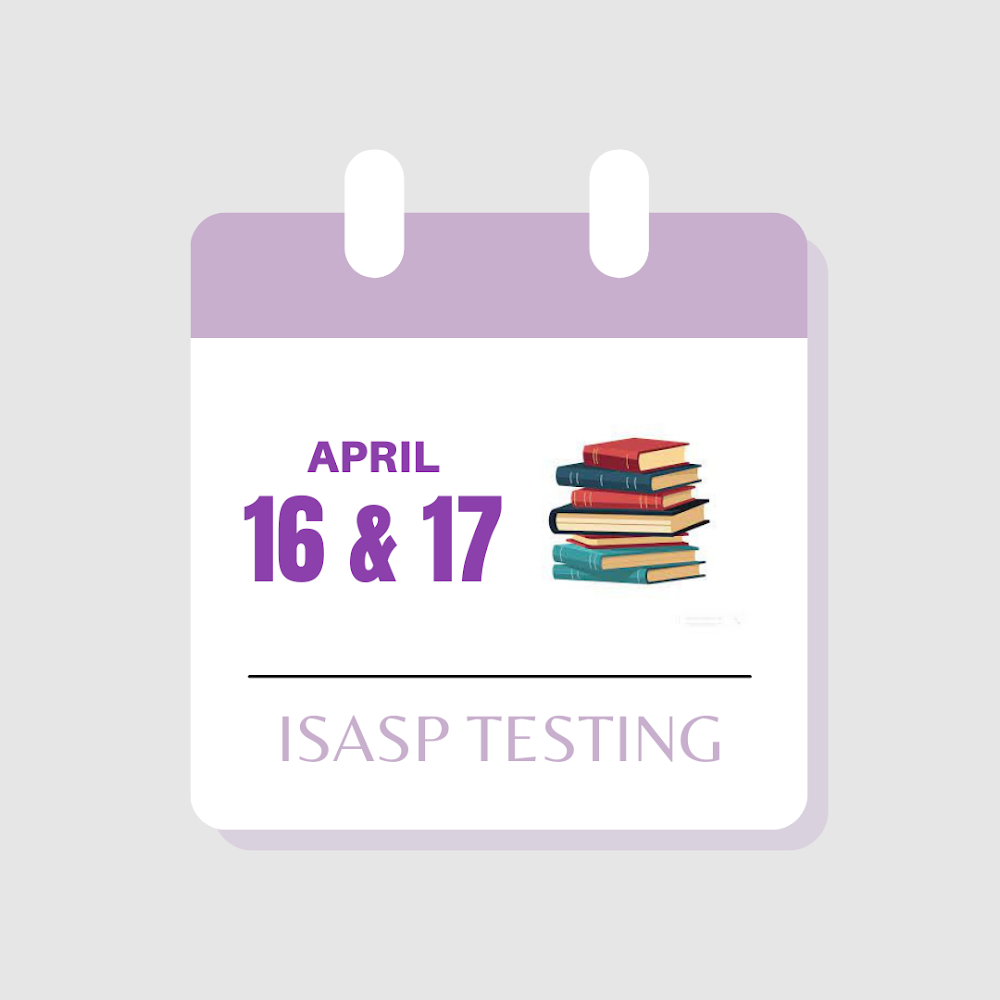Standardized testing at school was officially established at the University of Iowa, where the first state-wide assessment for high school students was conducted. These tests were pretty similar to state testing today: multiple-choice questions that test a student’s ability in subjects such as reading and arithmetic. While the contents of the test remain fairly similar to the contents today, the way that states distribute the tests has changed with the evolution of technology. Now, many states, including Iowa, have students take the test on a device instead of the traditional pen and paper.
In Iowa, standardized testing usually begins at the end of the school year. During this time, many students are already preparing for Advanced Placement testing or on “auto-pilot” as the school year is coming to an end. However, these seemingly “meaningless” tests actually do serve a purpose. Before George Bush’s “No Child Left Behind Act” was replaced with Obama’s “Every Student Succeeds Act,” state standardized testing was mostly used to hold school districts accountable. For example, if states didn’t meet their “adequate yearly progress” two years in a row, then the school has to allow students to transfer to a better-performing school in the district.
However, this act wasn’t exactly fool proof. Schools in low income areas were still underperforming on the standardized tests, and as a result, were penalized even further. Therefore, in 2015, states got to set their proficiency levels, instead of the federal government. According to Iowa’s Department of Education, results of the Iowa Statewide Assessment of Student Progress (ISASP) are used by the district to make instructional, financial, and personal decisions.
There are many critics of state standardized testing. Many believe that the idea of standardized testing is outdated and needs to be reformed. While standardized testing itself would probably not go away anytime soon, students might see a change in the way the test is performed. Performance based standardized testing, which allows students to choose how they show their knowledge, is becoming increasingly popular among education specialists.
Like it or not, students across Iowa, from public to private schools are required to take Iowa’s standardized test. At Liberty, ISASP testing starts tomorrow (4-16) at 9:00 starting with the reading test and followed by the math test. ISASP testing continues on Wednesday (4/17) at 9:00 starting with the writing test and ends with the science test (10th grade only).











